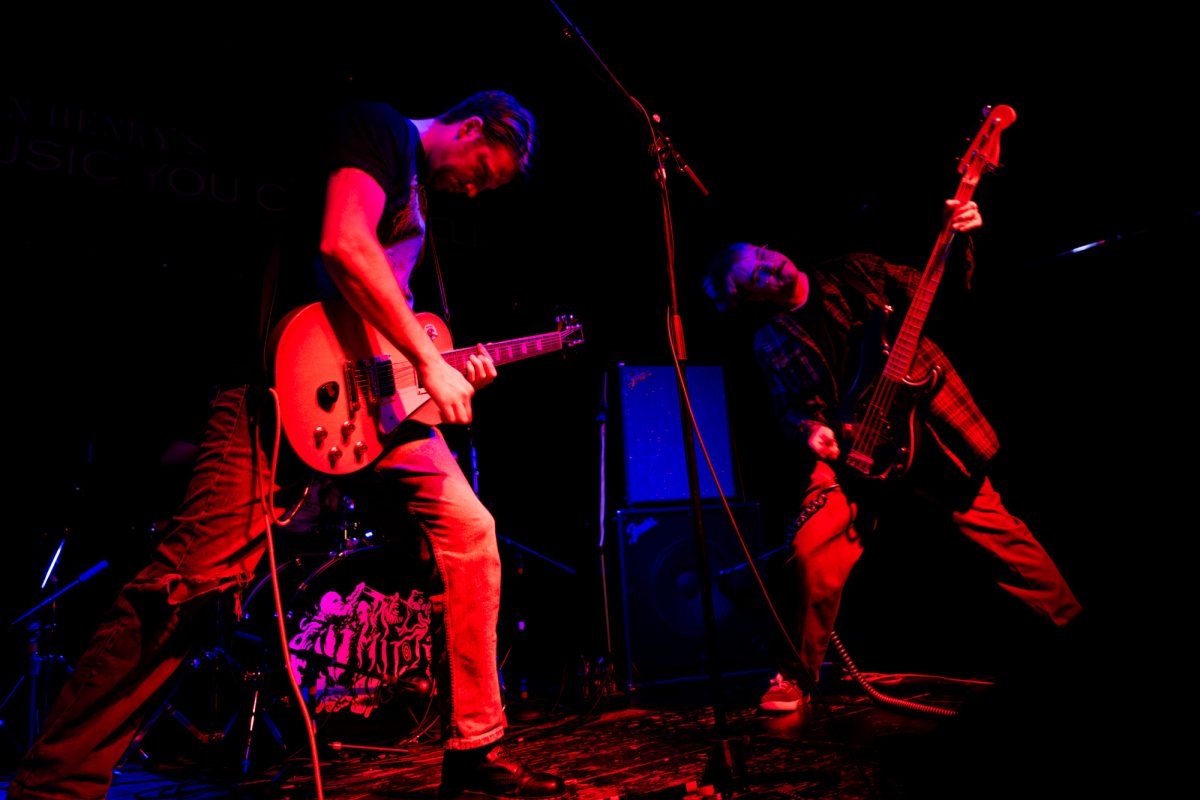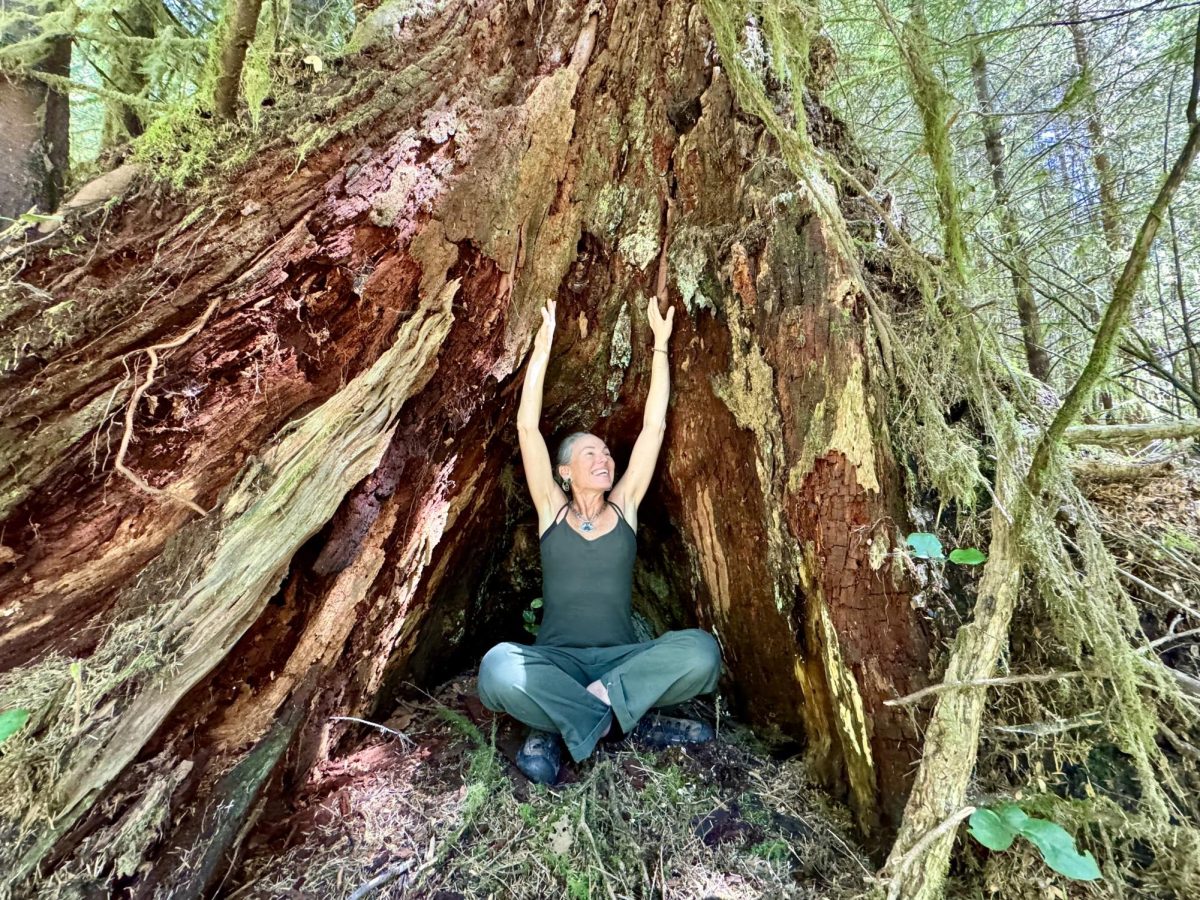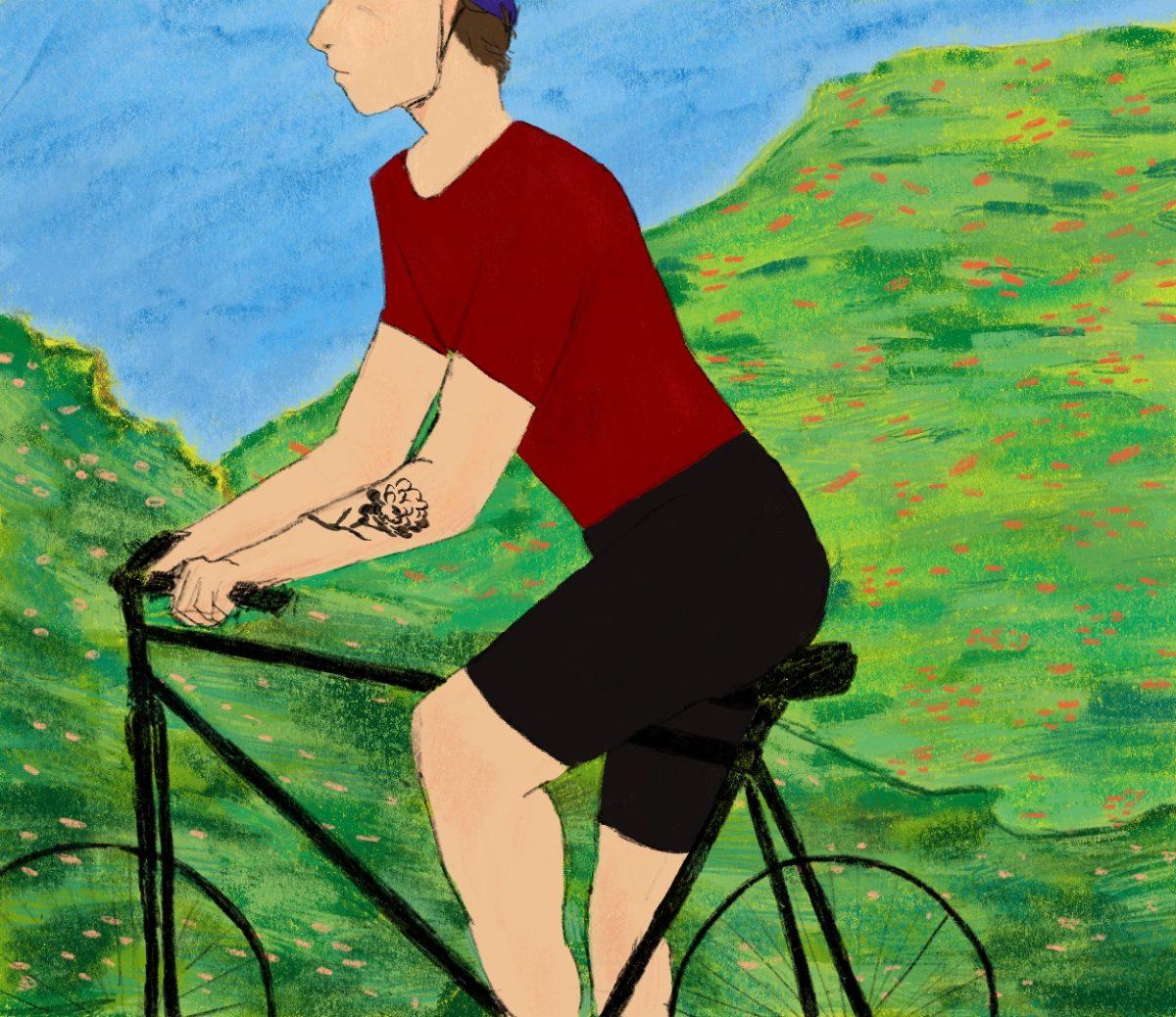With so many different athletics available for students to participate in during college, it’s easy to forget that rowing was the first-ever collegiate sport in the United States. It all started in 1852 with the first race between Yale and Harvard, and the sport has grown ever since. Oregon is no different from the rest, bringing rowing into its athletic portfolio and receiving national notoriety in 1972 from Sports Illustrated.
Oregon rowing consists of a men’s and women’s team that compete, practice and train during all three seasons under their head coach Zach Hedeen, and assistant coach Emily Kraschel. During the complete season, the teams do long-distance or head racing in the fall, training and conditioning in the winter and sprint racing in the spring. Head racing consists of a 5,000-meter time trial for women’s and a 6,000-time trial for men’s. Sprint racing is a classic 2,000-meter that is seen in the Olympics.
“Depending on the season, we’re either on land training on the stationery or on the water out at Dexter Lake,” Sydney Weddle, a sophomore rower on the women’s team, said. “Then on Saturdays, it switches off in the fall and spring for water practices, but we’re usually at Dexter and if the weather allows it.”
Due to it being the winter part of the rowing season, the team has been training heavily, Monday through Friday, to get ready for the spring racing season. Each day, the team will have morning practices that start at 5:45 a.m. on the dot.
“My alarm goes off at 5 a.m. and I’ll get to training for our quick warm-up and we follow that with 50 minutes of whatever our coach has set up on the rowing machines. Then we’ll do 50 more minutes of out-in-the-world running, biking or other sorts of cardio with stretching after,” Kyle Knapp-Pattee, a sophomore on the men’s rowing team, said. “We also have lifts two days a week, one being synchronously and the other asynchronously.”
Since the team is mentored under head coach Hedeen, who was a human physiology major at UO, he takes a very scientific approach to training that effectively gets rowers to their peak performance with different heart rate zones.
“We’ll start with the heart rate zone that we want to do for the day, and then supplement that with each zone of exercises,” Weddle said. “So it’s always one heart rate with a designated zone. So when it’s time for testing on ergs, that way we’re in the best shape that we can, physiologically, to be able to pump out the best numbers that we can.”
Even though the time commitment and training can seem hard at first, the Oregon rowing team is a welcoming and extremely supportive group of students and mentors.
“I would say there are maybe five or so students on our team right now, maybe fewer, that have rowed in high school,” Weddle said. “We’re all new to it basically.”
For these rowers, waking up early and going through hard workouts in preparation for races has brought the team so close-knit they consider each other as family.
“It’s a comfortable feeling — being excited to see them every morning and spend time with people you love. It’s the best way to start your day,” Knapp-Pattee said.
Because it’s too cold during the Winter for the rowing team to be on the water at 5:30, Sydney Weddle rows indoor at MacArthur Court. (Kai Kanzer/Emerald)















